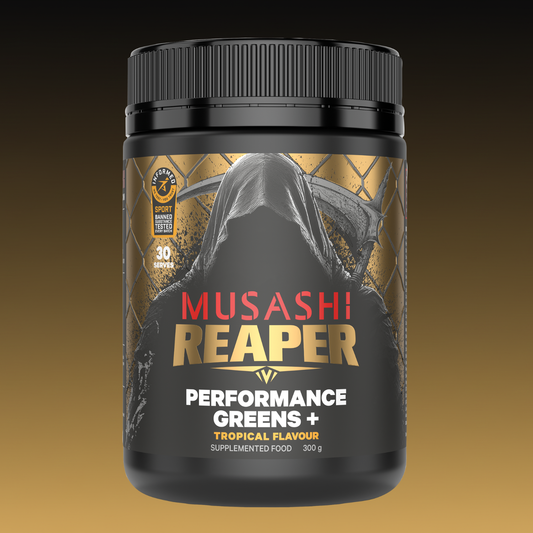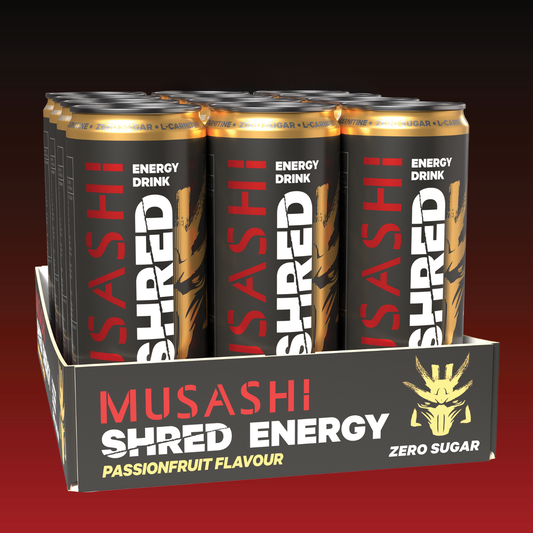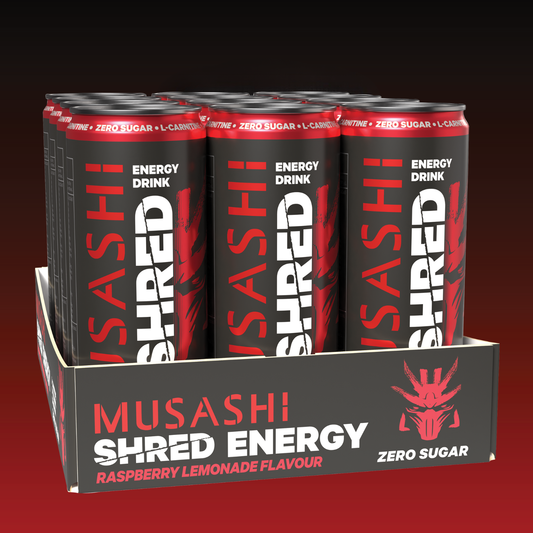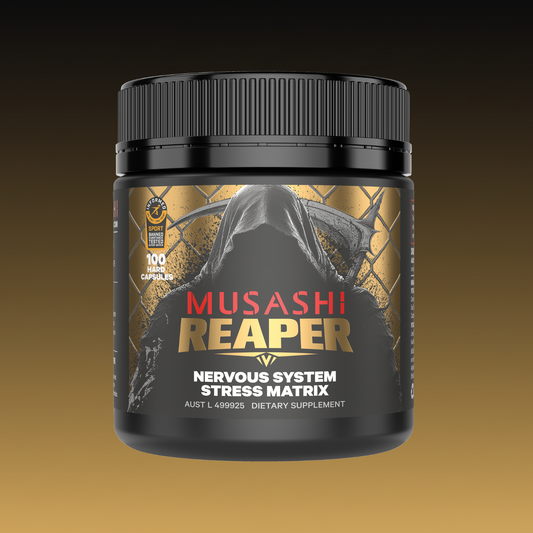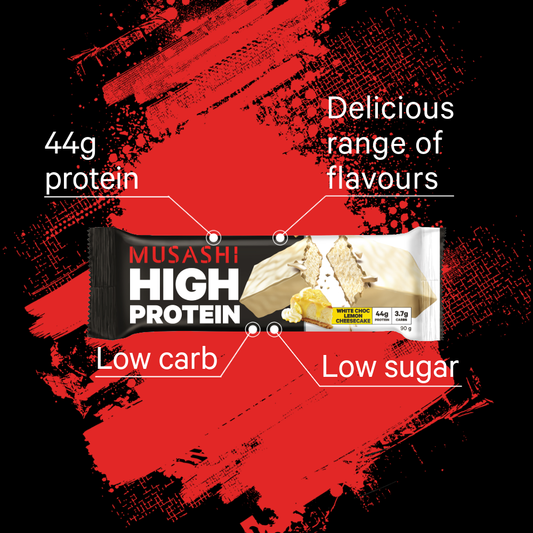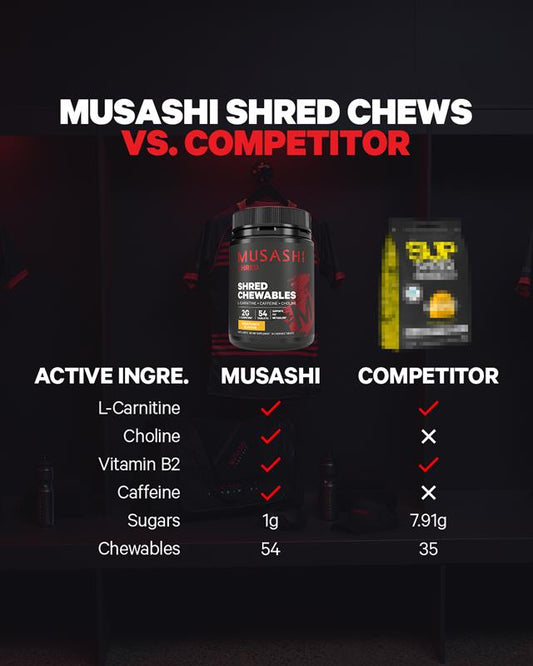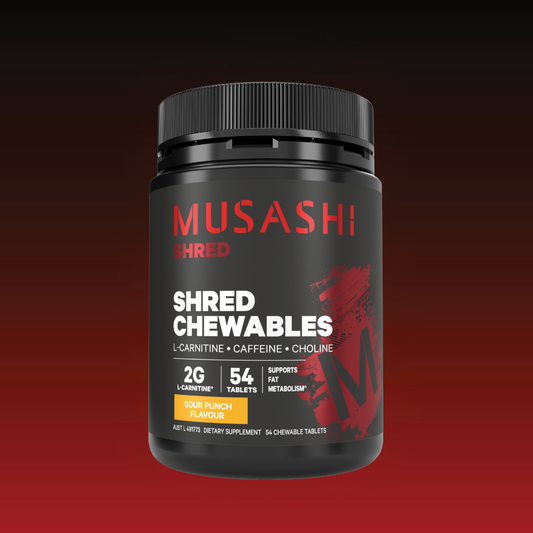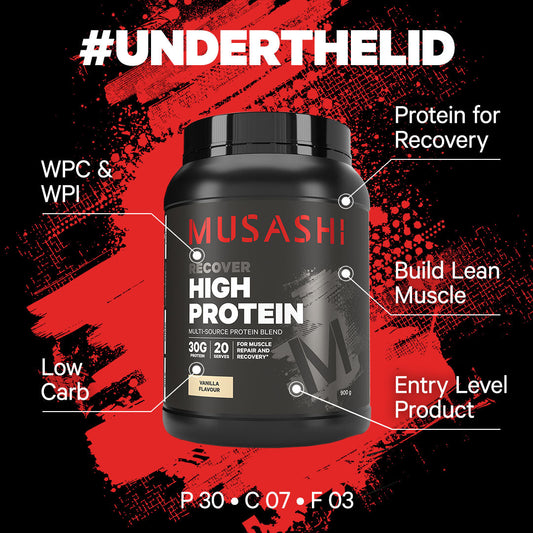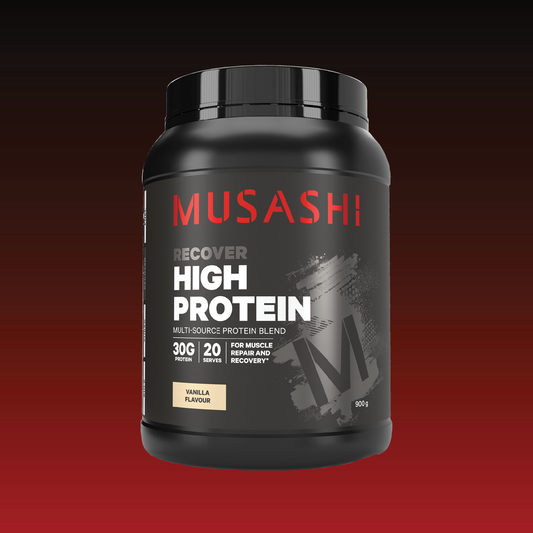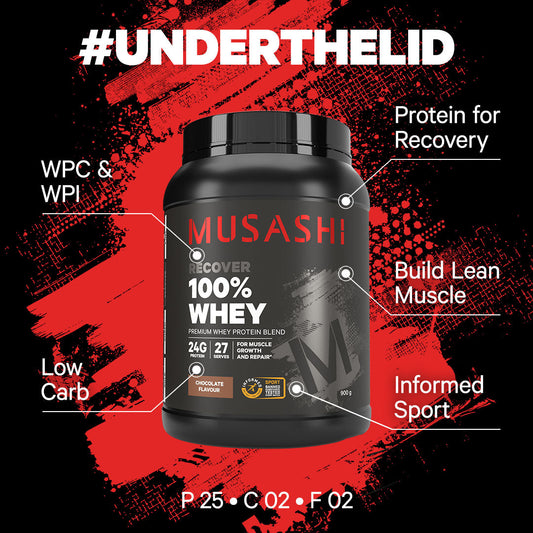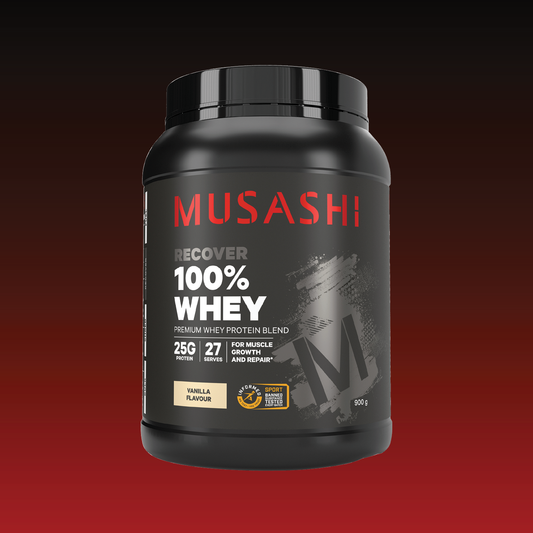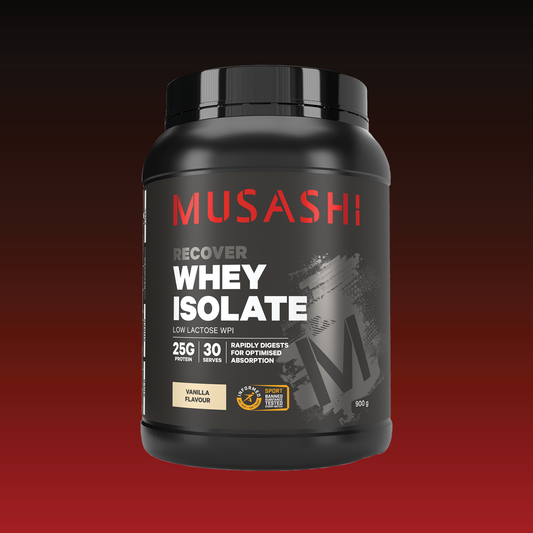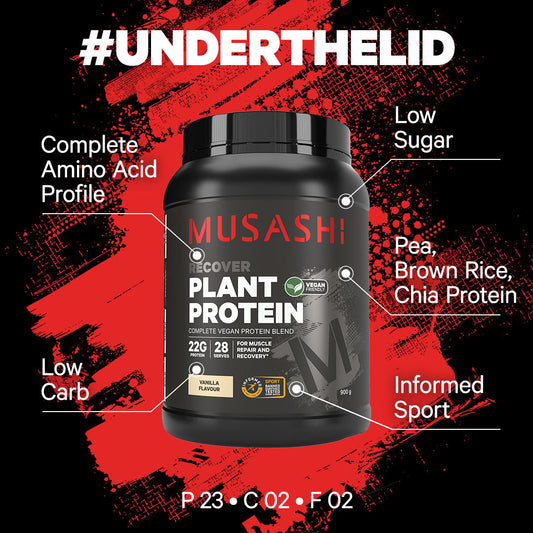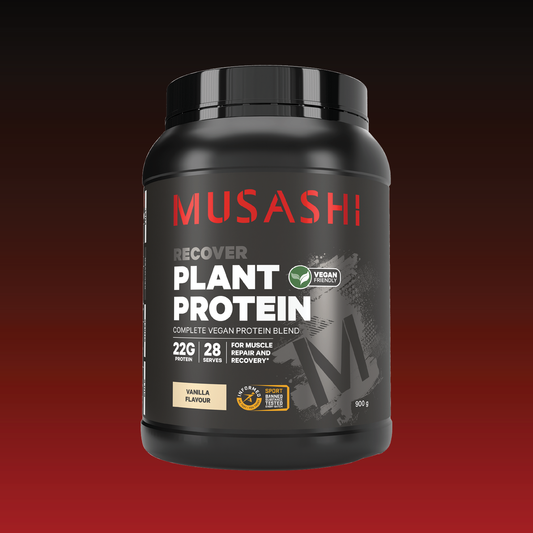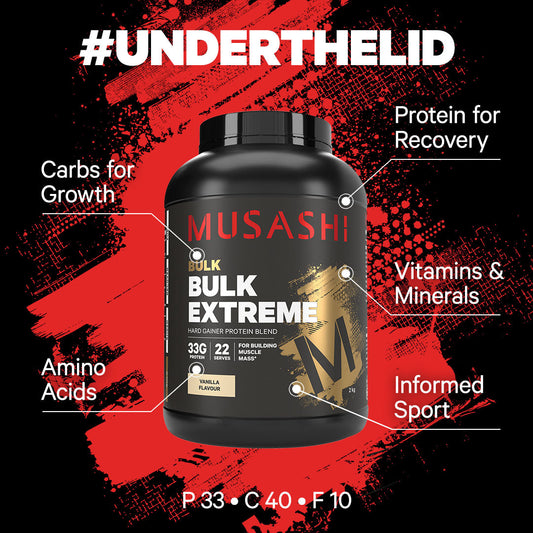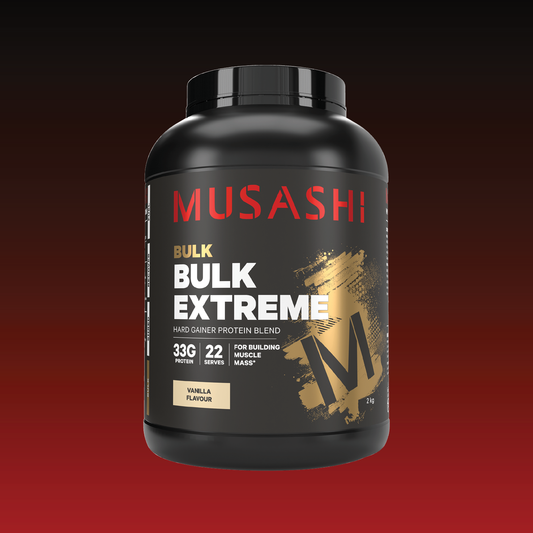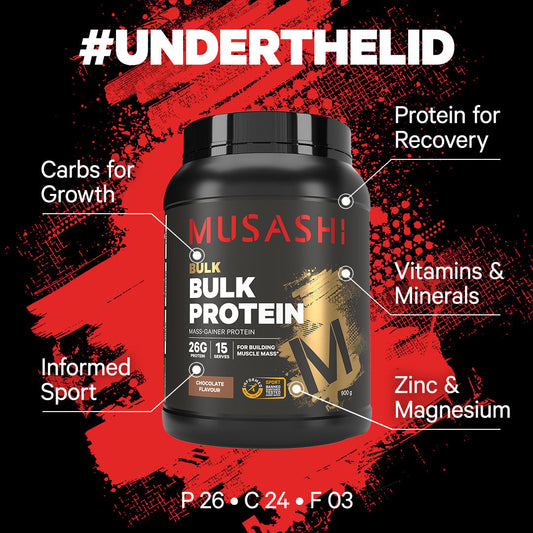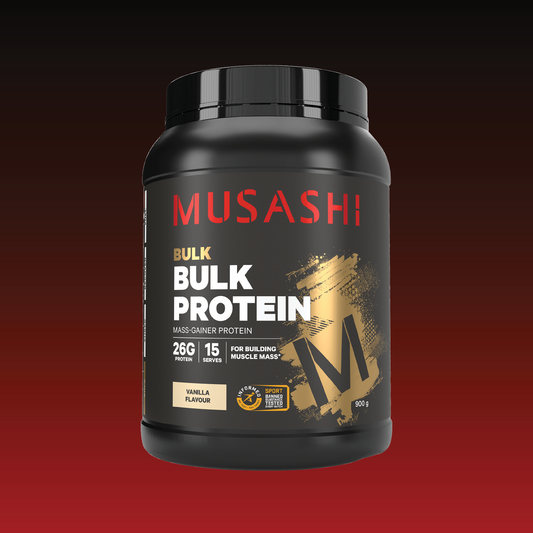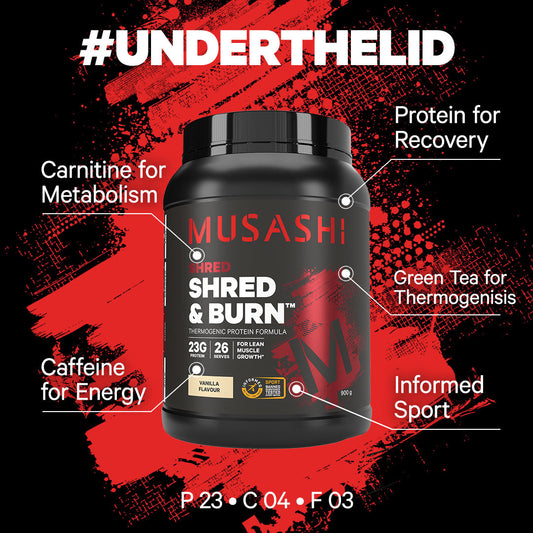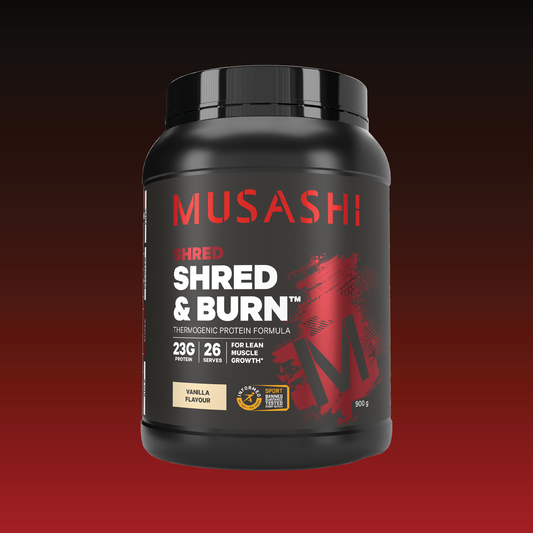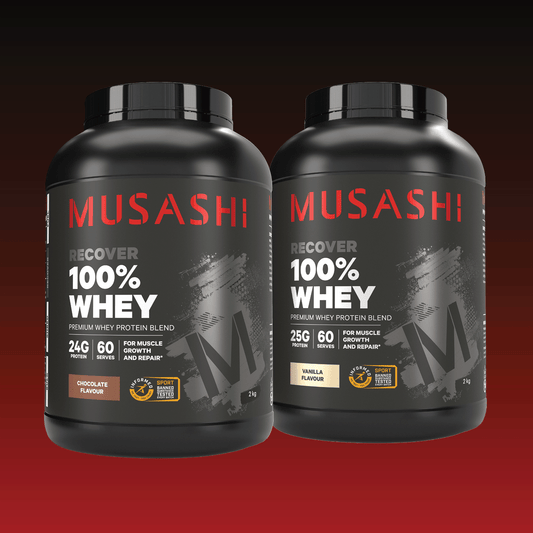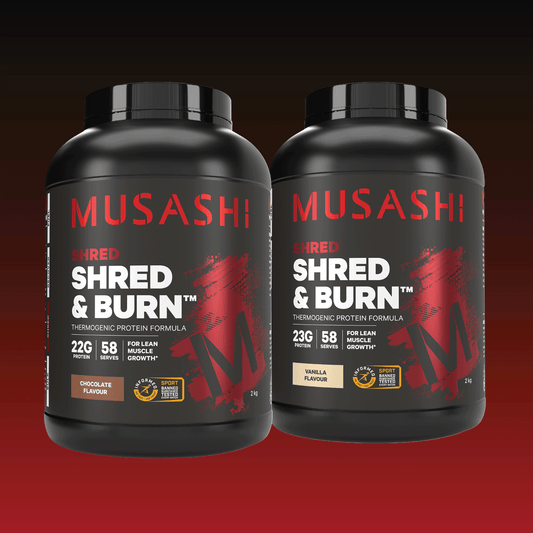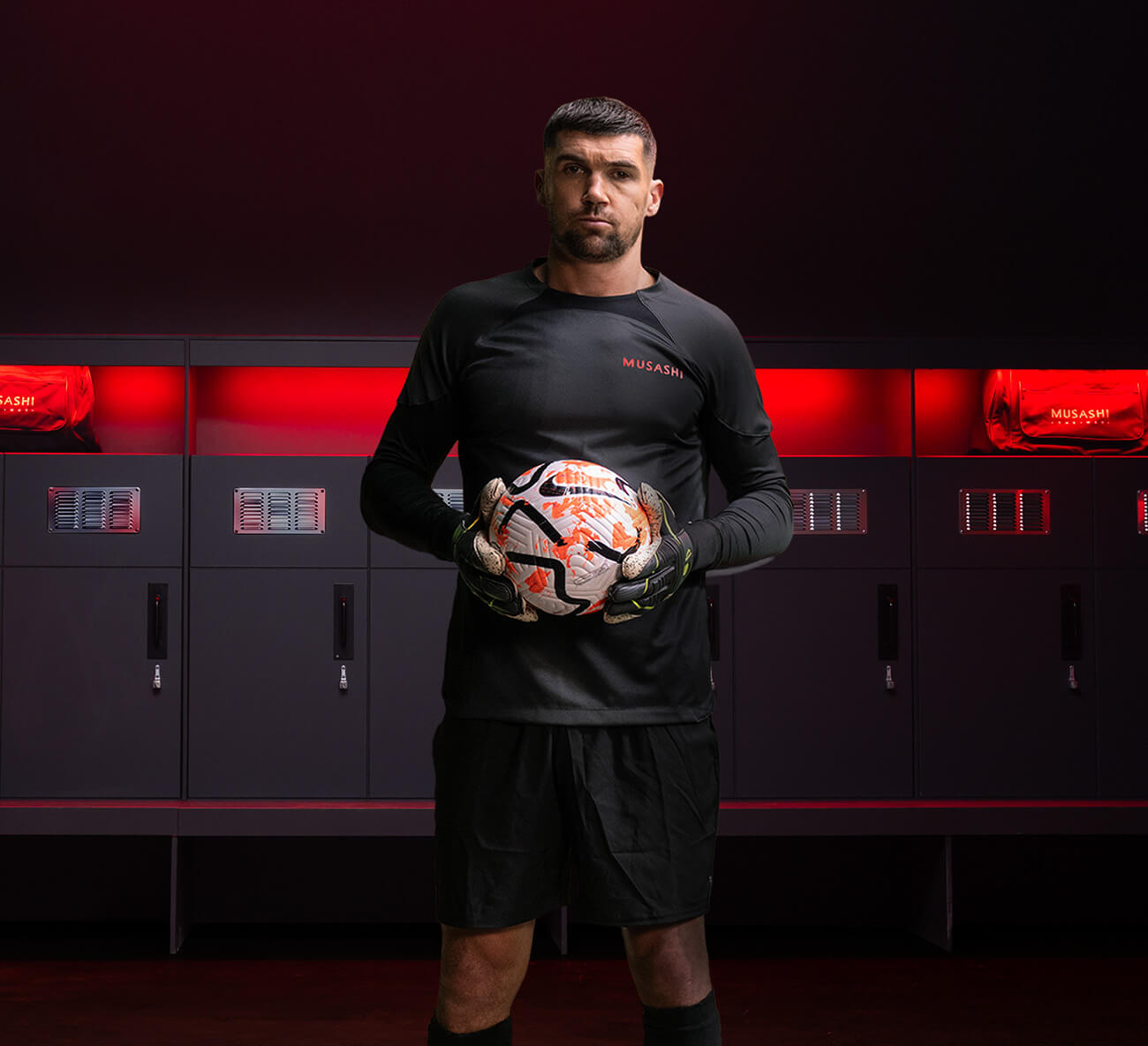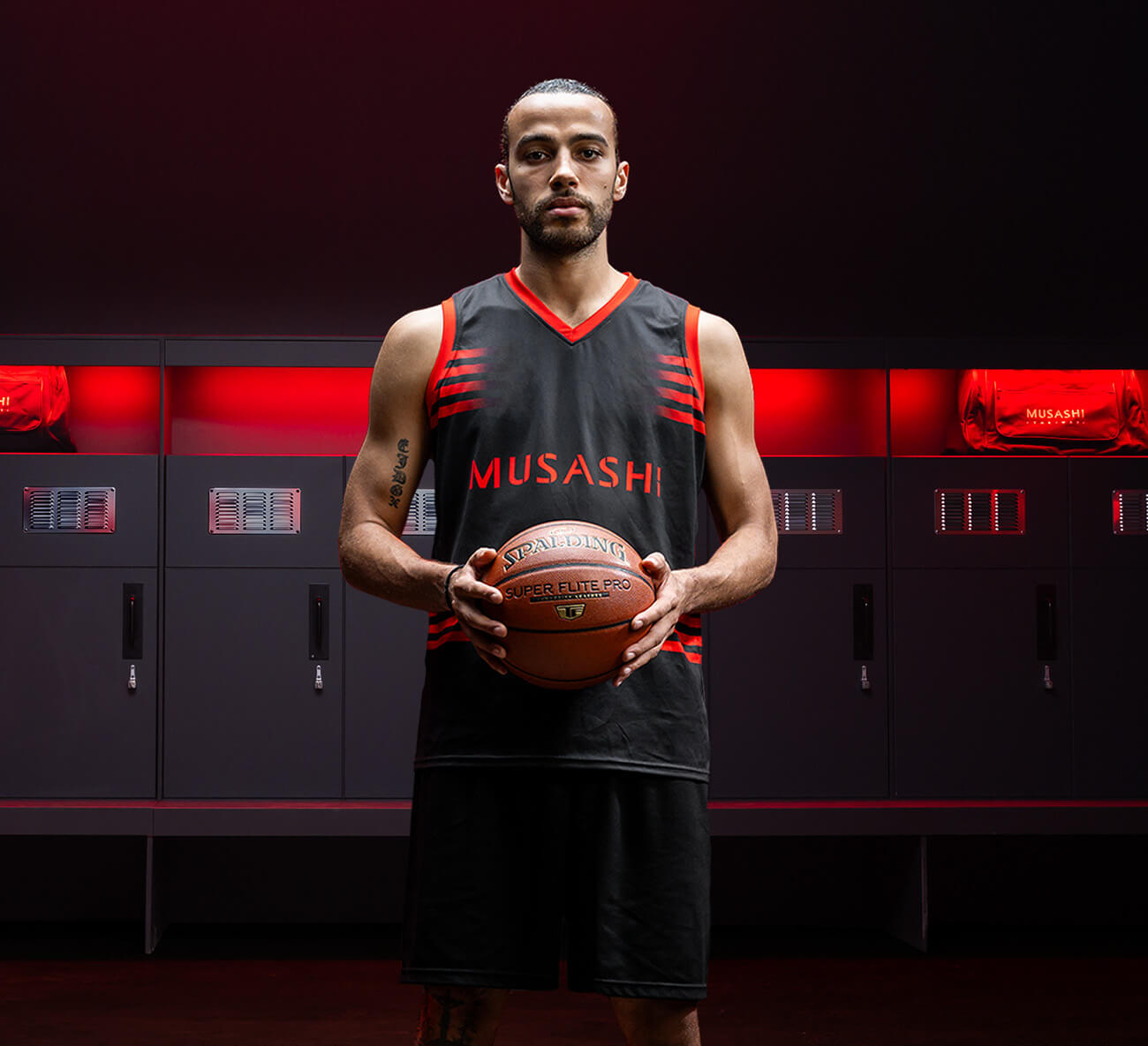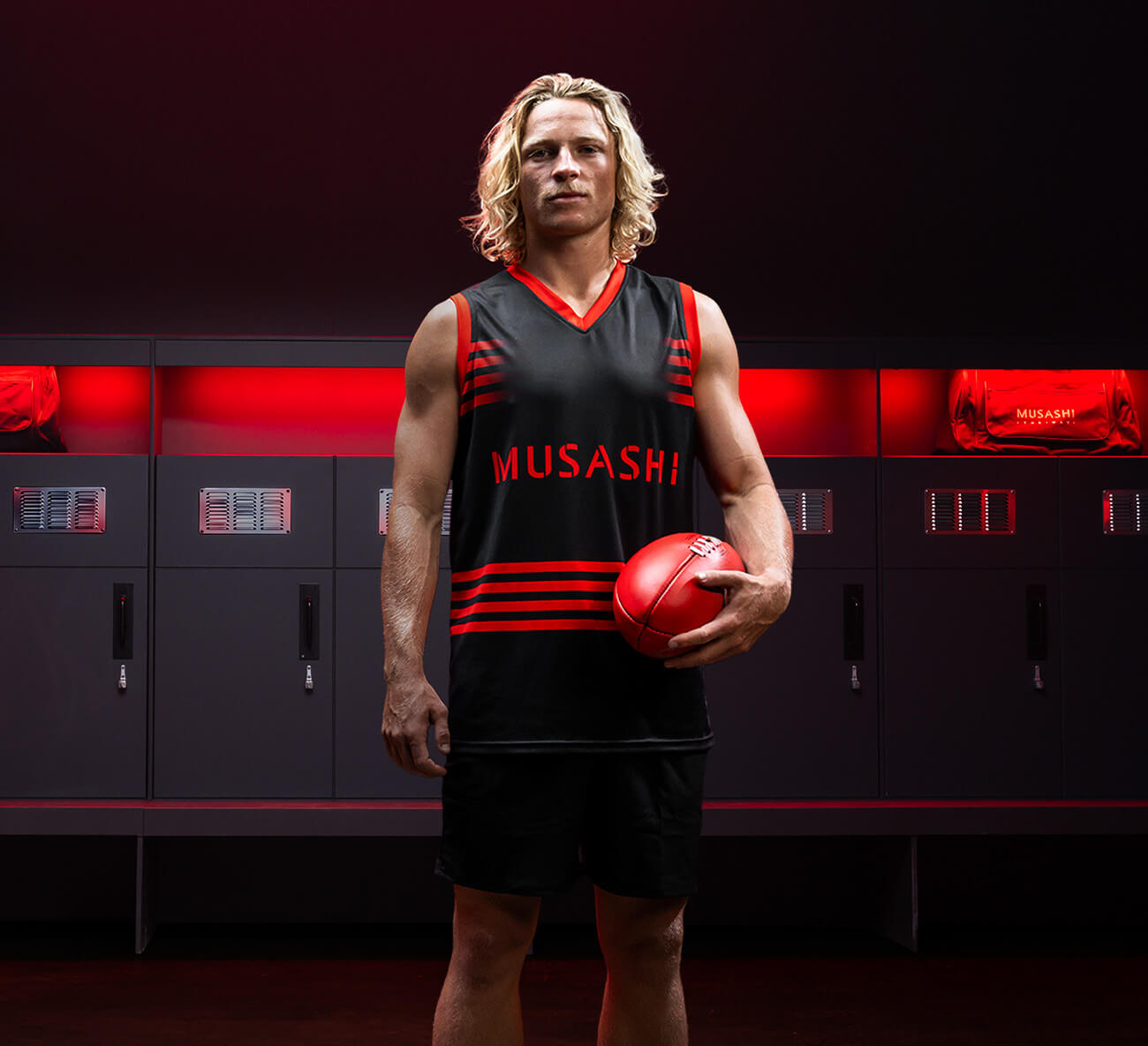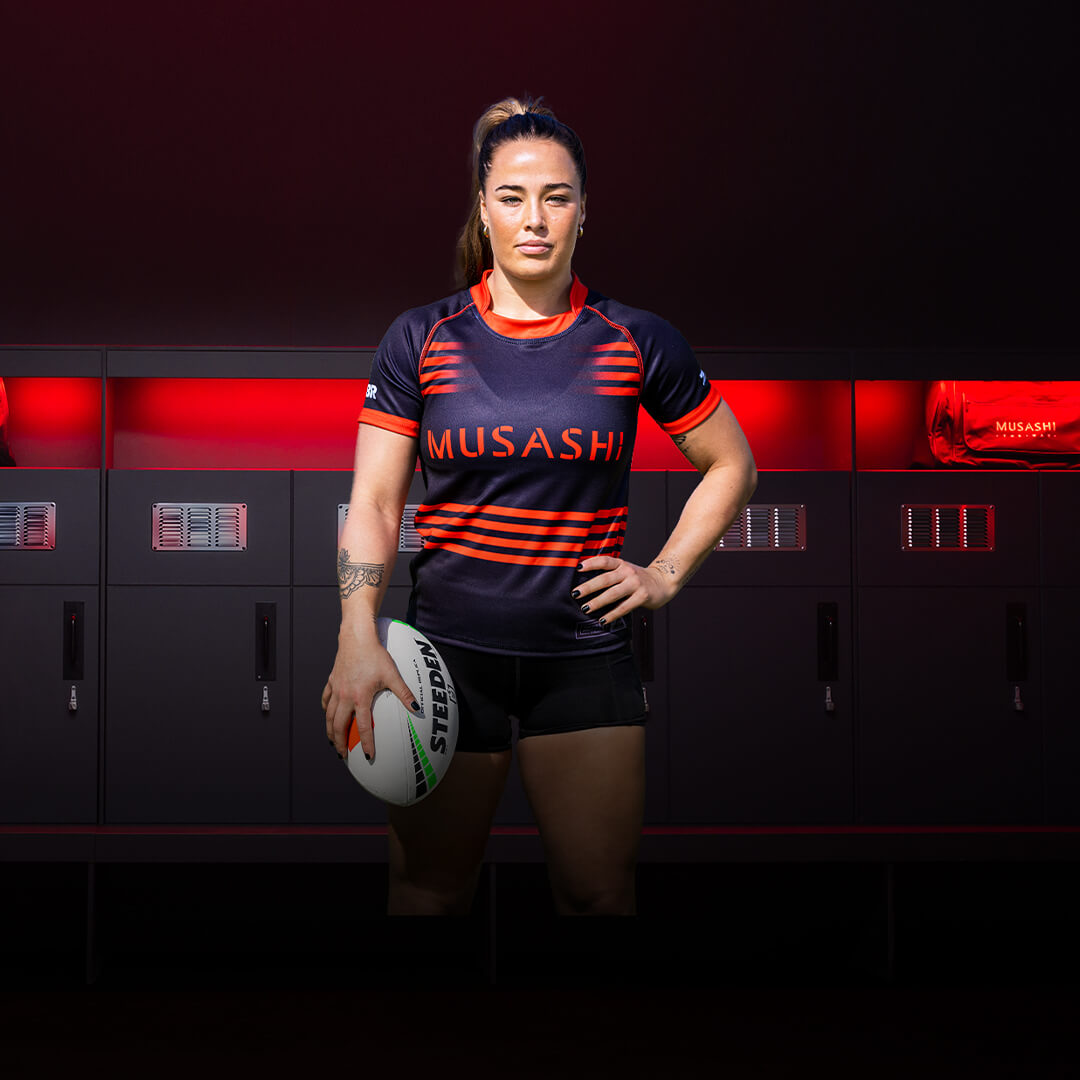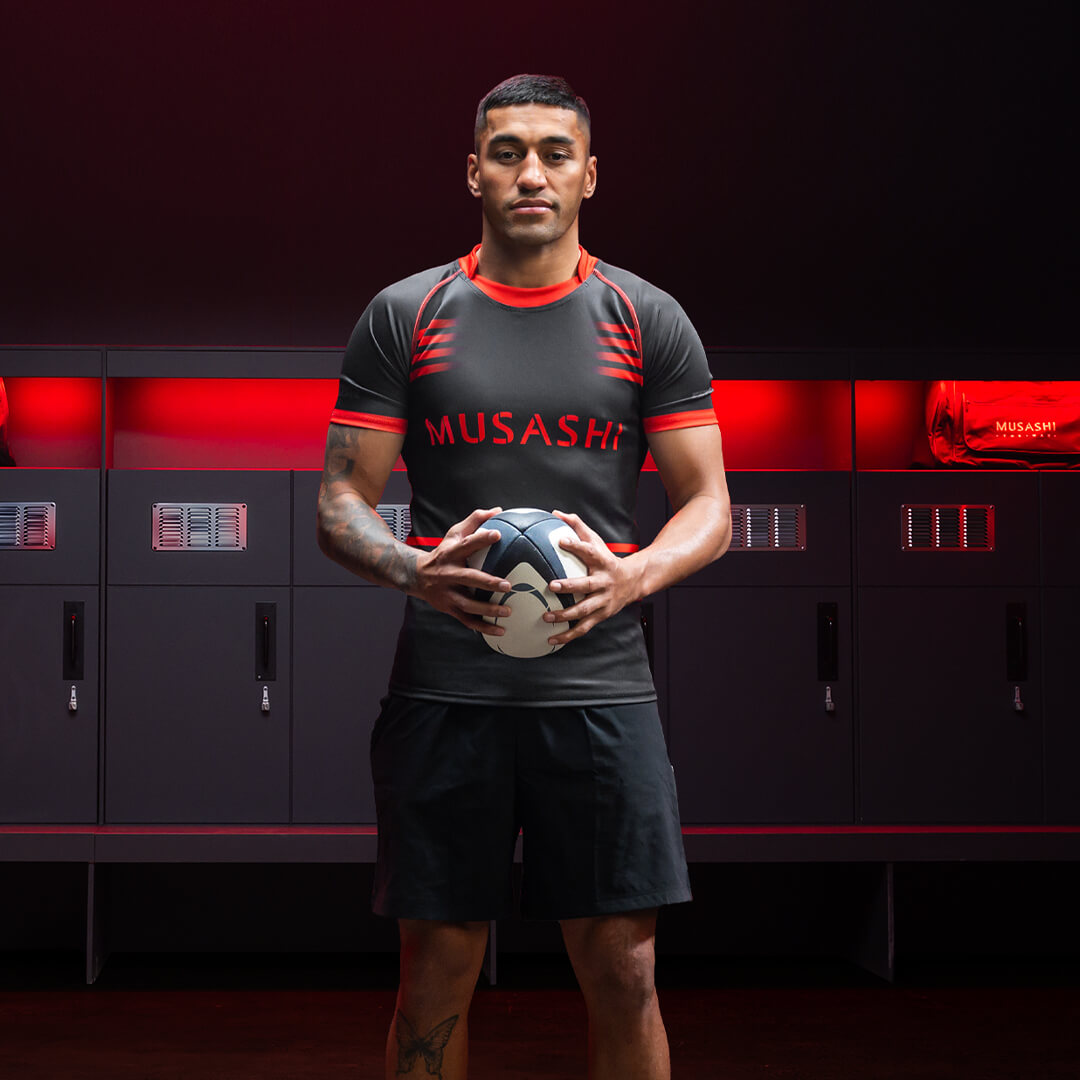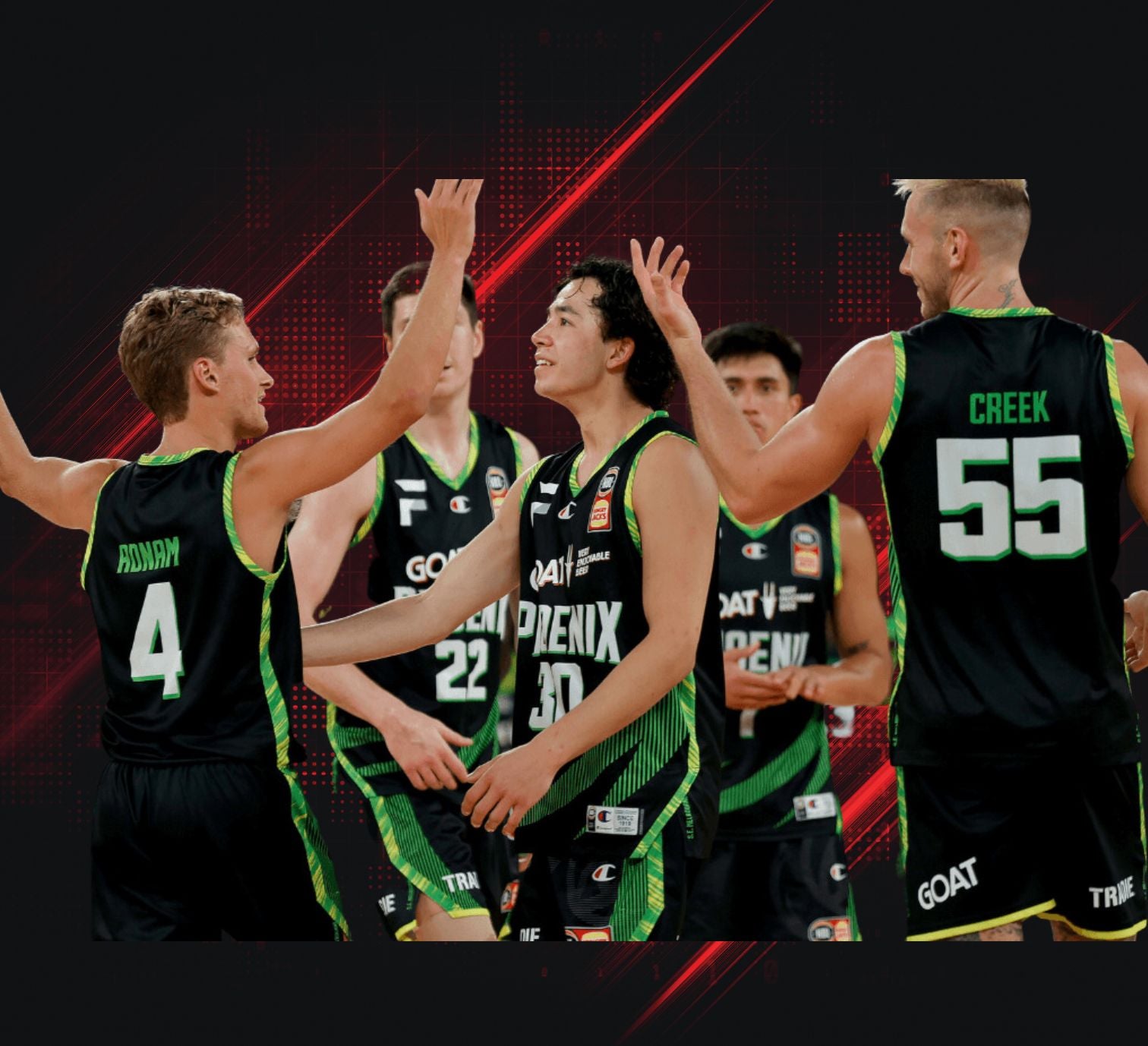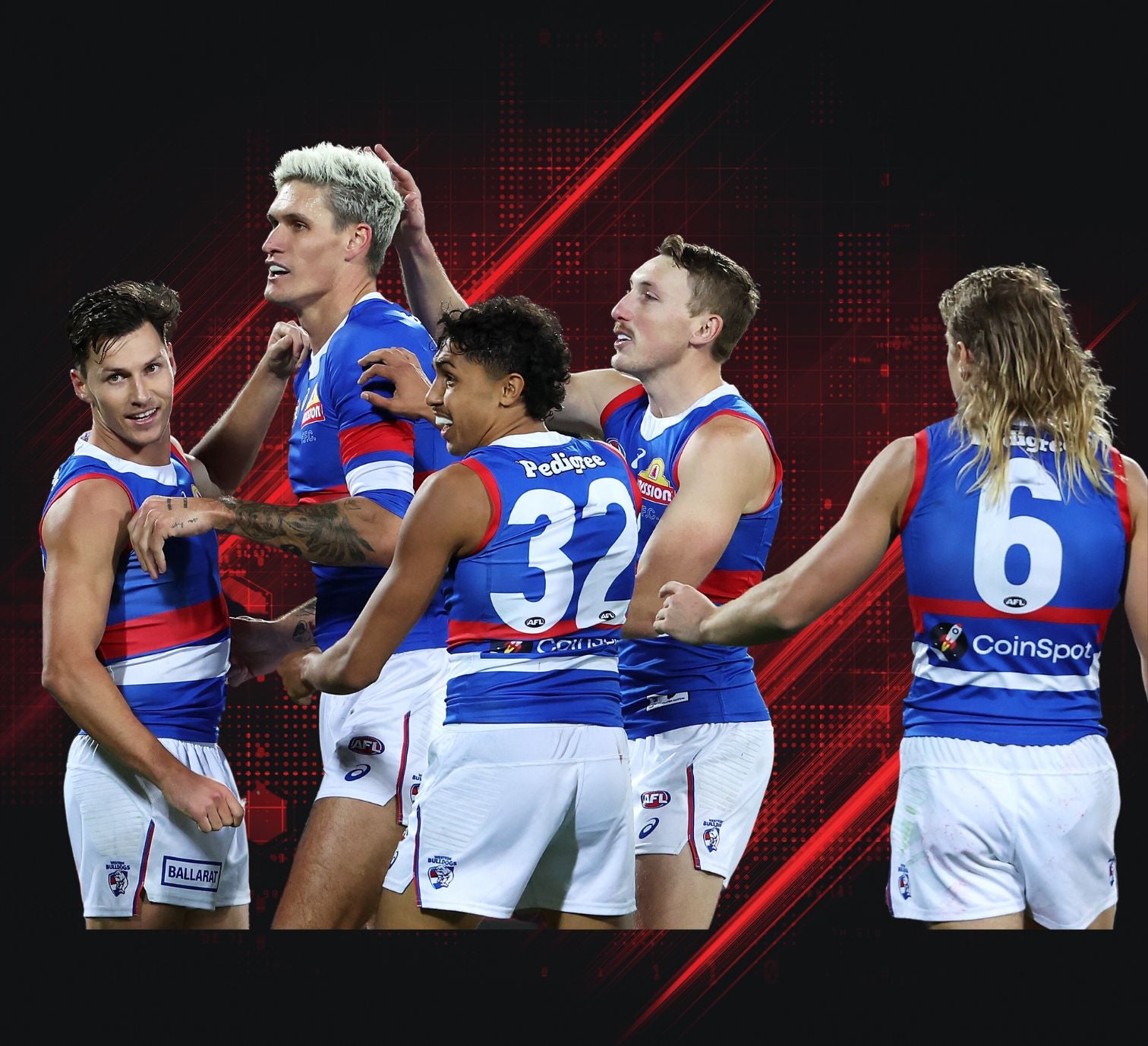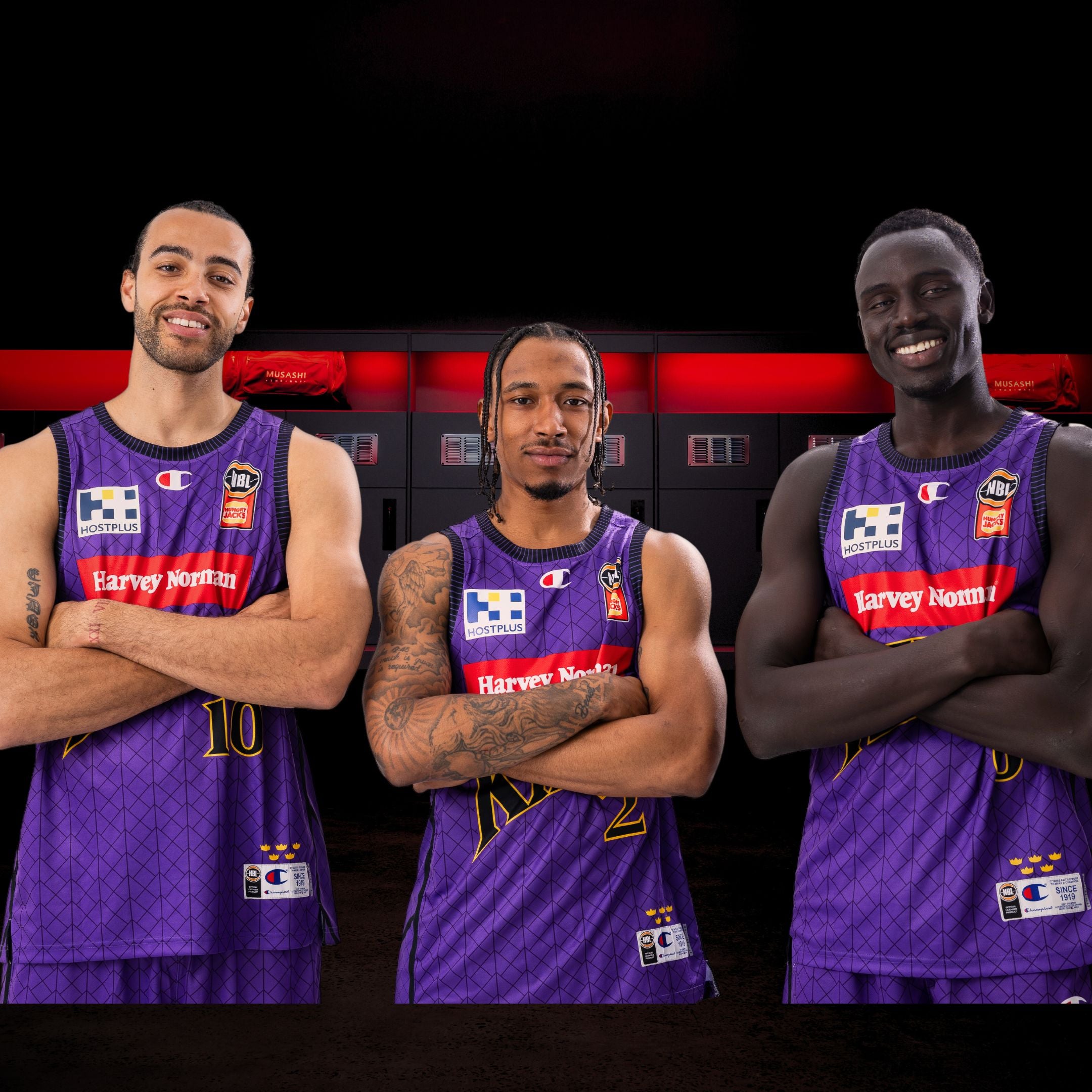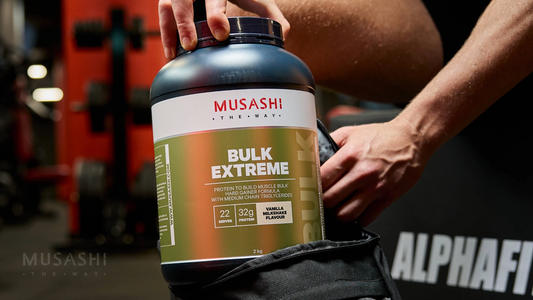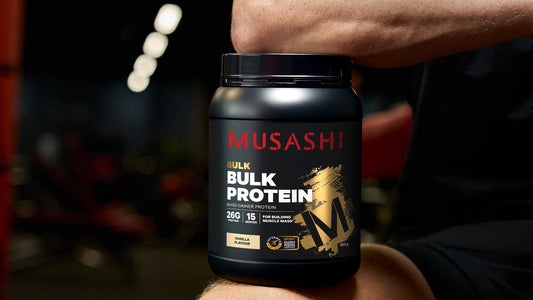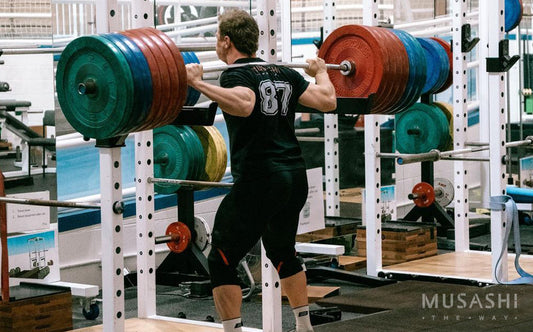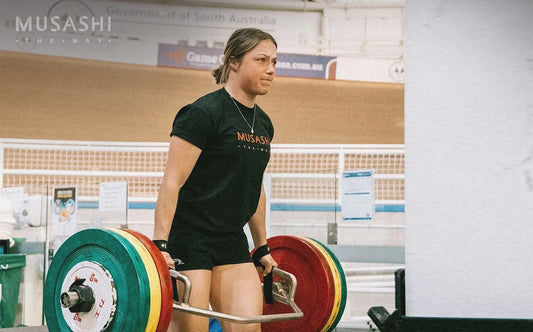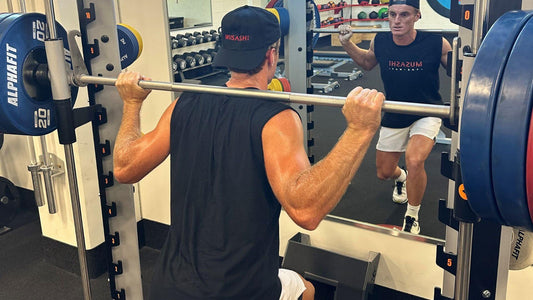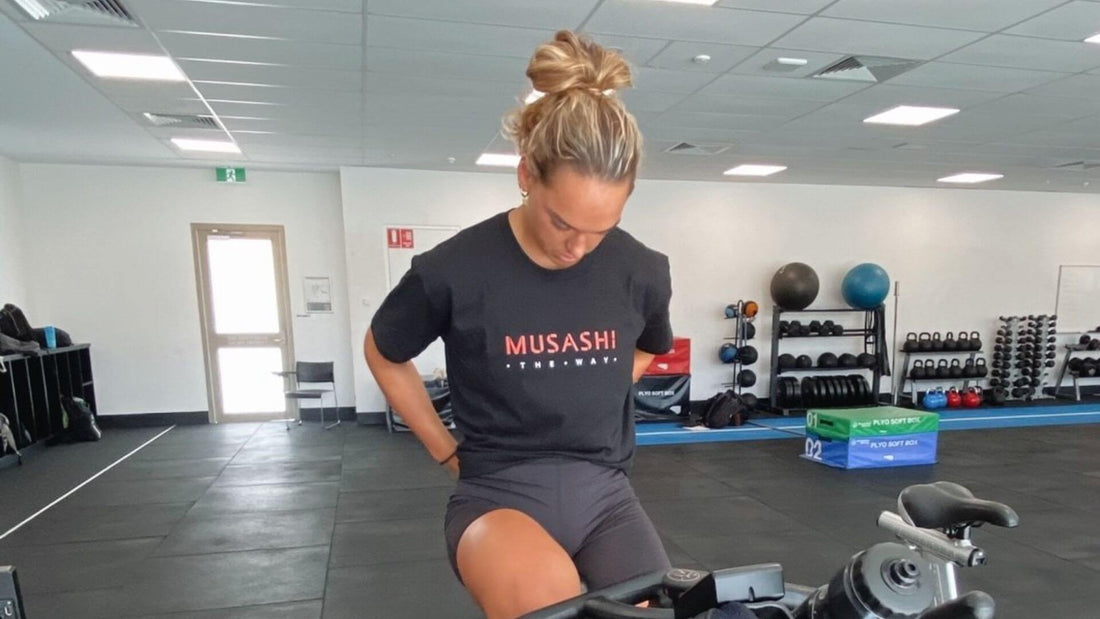
Whether you're new to the fitness scene or you’ve been working out in gyms for years, you've probably heard certain terms thrown around (or maybe even use a few yourself without actually knowing what they really mean.) The gym world has a unique vocabulary which can be confusing. If you work-out with a Personal Trainer, train on your own or with a friend, having an understanding of the terminology used is important. Here's a list of some of the most commonly used terms to help you navigate your way around the gym floor.
- Muscular Strength is the maximum force that can be developed within a muscle or group of muscles during a single contraction. Strength training is used to build muscle and size. The most common way to develop strength in the gym is weight training.
- Power Training is for those who are looking to generate power in their workout either to increase strength or to gain a powerful advantage in sport e.g. NRL or AFL athletes. Power training typically involves exercises which apply the maximum amount of force as fast as possible. Strength + Speed = Power
- Hypertrophy refers to the increase in size or mass of muscle. Strength training can increase the bodies muscle mass (hypertrophy) which helps to increase overall muscle.
- Muscle Endurance is the ability for muscles to undergo repeated contractions and avoid fatigue. It is all about how long your muscles can perform. Muscular endurance is required by activities where one or more muscle group work at a medium to high intensity for periods of time lasting up to 5-6 minutes e.g. plank, sit-ups and push-ups. Carrying a heavy shopping bag or competitive rowing are considered muscular endurance.
- Compound Exercises refer to exercises that stimulate real-life activities and use a wide variety of movements through a wide range of motion e.g. squat, deadlift, lunge, bench press and chin-ups. Compound exercises provide benefits such as:
- Burn more calories
- Improve coordination, reaction time and balance
- Decrease risk of injury during sport
- Elevates heart rate providing cardiovascular benefits.
- Allow you to lift heavier loads and build full body strength
- Isolated exercises are those which utilise one muscle or muscle group and only one joint at a time e.g. leg extension. These types of exercises are often used for rehabilitation to correct specific muscle weakness or imbalance after injury and provide benefits such as:
- Focus is placed on one area
- Muscle imbalance can be treated
- Confidence building for beginners
- Isometric exercises are contractions of a particular muscle or group of muscles with little or no muscle movement. The muscle contracts but the body part does not move e.g. abdominal plank or a glute bridge.
- Cardio training (cardiovascular training) refer to any exercise that raises your heart rate. Cardio is a good way to burn fat. Elevating the heart rate converts fat into energy – which fuels the body. Cardio uses large muscle movement over a sustained period of time e.g. walking, running, bike riding and swimming.
- Ascending pyramid system
- Descending pyramid or reverse pyramid
- Drop sets
- Super sets
- H.I.I.T (High Intensity Interval Training)
- Giant sets
- Tabata Training
- 1 Rep Maximum (1RM) is the maximum amount of weight that a person can possibly lift for one repetition. It is a good measure of your current strength level. The 1RM is then used to determine the desired load for an exercise (as a percentage of 1RM) e.g. the leg press might be performed at 80% of your 1RM.
- Fat-Burning Zone refers to the point of exercise that your body burns the most amount of fat as fuel. Maintaining your heart rate at around 60-70% of your maximum heart rate during cardio exercise will burn more fat as fuel. To determine your maximum heart rate, subtract your age from 220, then work out 70% of the total and this is your desired fat burning zone. For example, 220 – 25 = 195bpm (beats per minute) 70% of 195 = 136bpm.
- Core training is one of the most popular and overused fitness terms. Core refers to the muscles that make up the midsection of your body, including the six pack. The body’s core is the centre of gravity and not just a group of muscles. Lifting objects from the ground, weight training and sports such as snowboarding and skiing rely heavily on the core muscles. Increasing strength in the core muscles can help with many daily movements, helping to support the lower back and prevent back pains.
- DOMS (delayed onset muscle soreness) – this is the discomfort or soreness you might feel in your muscles a day or two after a hard or challenging workout.
- Flexibility Training helps the performance in many sports, gym training and everyday life. It is often neglected as it is not the same as training for strength or appearance. Flexibility training includes, yoga and stretching. Flexibility is determined by the elasticity of ligaments, tendons and the strength of the surrounding muscle.

